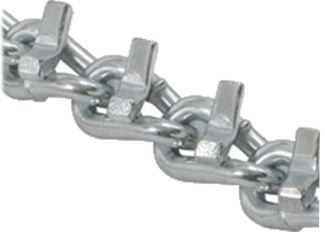Your tires are arguably the most important part of your car.
They provide a cushion to prevent your kidneys from feeling every little bump
in the road. More importantly, they provide you with traction so that you, and
not gravity and momentum, control which direction your car is moving.
Car tires that are under-inflated or over-inflated:
1.
Wear out faster
2.
Don’t provide full traction and control of the
car
3.
Are more likely to blow out at highway speeds
4.
Reduce fuel economy
You should check your tire pressure once a week. That’s about how often most cars get washed, so
get in the habit of checking the tire pressure at car wash time. If that doesn’t
work for you, maybe you fill the gas tank once a week… check the tires too at
that time then, or set a reminder on your phone or whatever else makes it easy
for you to remember. Don’t forget to check the pressure in your spare too.
Most car owners check the pressure in their tires by simply
looking at them. As you can imagine, this is a very ineffective way to check
them. You should use a good tire pressure gauge. You can buy an inexpensive
gauge at a car parts store, most stores like Walmart or Target, or even online.
There is a big difference between “inexpensive” and “cheap.”
Cheap, poor quality gauges are inaccurate. I personally have one that displays
a pressure reading that is 20 pounds off when compared against a known good
gauge and tested on a device that has a known air pressure (the reservoir tank
on my air compressor.)
Tire pressure should be checked when the tires are cold. Air
molecules, like most molecules, expand and contract with temperature. Tire
pressure measured in a tire that has been driven for as little as 3 miles can
read as much as 5 pounds higher than the pressure in a cold tire, which makes
it difficult to get an accurate reading.
The proper tire inflation pressure is found on a sticker or
placard found on the driver’s door edge or jam, or sometimes in the glove box.
If you can’t find the placard, look in your owner’s manual.
The proper tire inflation pressure is based on several
factors, including the weight of the car, the size of the tire, and its
intended use (highway vs off-road, etc.).
Do NOT use the “Max Pressure” marking found on the tire
itself. This “Max Pressure” it the maximum pressure the manufacturer of the
tire has engineered the tire to hold. The same size tire your small car uses might
also fit a larger car with a wider track and wheel-base, so the pressure
requirements will be different. Inflating a tire to the Max Pressure rating
will almost always result in an overinflated tire.
If you simply don’t feel like purchasing a gauge or dealing
with the hassle of checking the pressure yourself, most tire shops will check
and adjust the pressure in your tires for free. The Discount Tire store near my
house offers this free service, and so does the Good Year store just down the
road from them.
One last note on nitrogen filled tires:
I’m afraid that on this issue, I have to disagree with the
Consumer Reports article I referred you to earlier. Consumer Reports states
that the reason we use nitrogen is because it doesn’t leak out as fast as
normal air (which is mostly nitrogen anyway…)
The real reason nitrogen is used is because it contains less
moisture than normal air, and does not expand or contract as much as normal air
does with changes in temperature. This means the air pressure remains stable
under a wider variety of driving conditions, thus improving fuel economy and
reducing tire wear.
